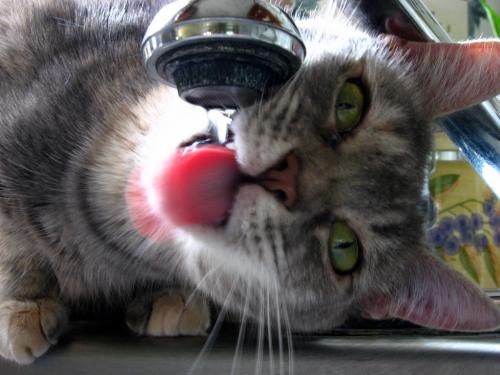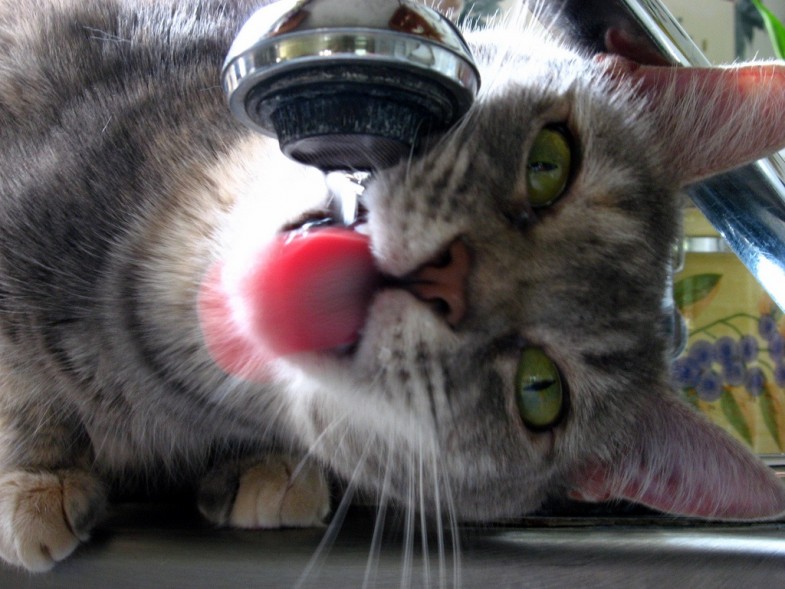Most Americans recently received a water quality report from their local utility, detailing what’s in the tap water they drink. This is a required by the Safe Drinking Water Act so that citizens know about potential dangers in their water supply.

Creative Commons license by Debcil, NC, from Flickr
But Food & Water Watch, a national consumer advocacy group, is concerned that minute scientific detail and unfamiliar chemical names used in these reports could mislead many people into thinking their water is tainted when it’s perfectly safe.
That’s why they’ve issued a handy report to help all of us without degrees in chemical engineering understand whether or not our water is safe. You will find it free at Food and Water Watch.
The report explains how to decipher and understand what small amounts of scary substances in our water really mean.
The Washington, D.C. water supply, for instance, contains arsenic in amounts that range from none to 0.5 parts-per-billion. That sounds bad, but even the highest readings for arsenic in the Nation’s Capital measure just one-twentieth of the EPA safety guidelines. Some of the arsenic occurs naturally as deposits in the soil break down, while the rest is runoff from pesticides applied to fruit orchards.
Ideally, such a report should spur citizens to lobby for more stringent environmental regulations on orchards, not swear off tap water in favor of Aquafina.
Tap water is extensively tested under EPA regulations that are far more stringent than those used in the bottled water industry, which generally does not issue water quality reports despite growing public concern about chemicals from plastic bottles leaching into our bodies and the environment.
“Drinking water is a basic human right and every consumer should know what’s in theirs,” said Wenonah Hauter, executive director of Food & Water Watch. “With faith in the quality of their tap water, consumers can feel confident in choosing it over expensive, wasteful bottled water.”



